Goth Didn’t Die, It’s Always Been Dead
A version of this article originally appeared on VICE Brazil.
People have been debating whether rock and roll is dead for awhile now. As for goth subculture, no one is worried about whether or not it’s alive and capable of attracting more young people to the scene. In Brazil, it simply exists wherever there are two kids interested in Gothic architecture and poems about sickness and death by modernist writer Augusto dos Anjos.
But the subculture continues to suffer the same ills that befell the punk movement. The aesthetic has been analyzed and commodified for sale. Goths frequently find themselves reduced to the stereotype of gloomy, probable Satanists who occupy their time drinking cheap wine in graveyards. That perception is far from true: in reality, goths are avid consumers of 19th-century literature who are genuinely concerned with preserving history, no matter how “morbid” it may seem to others. They support the local scene, be it by attending goth-themed parties or spreading information about goth culture.
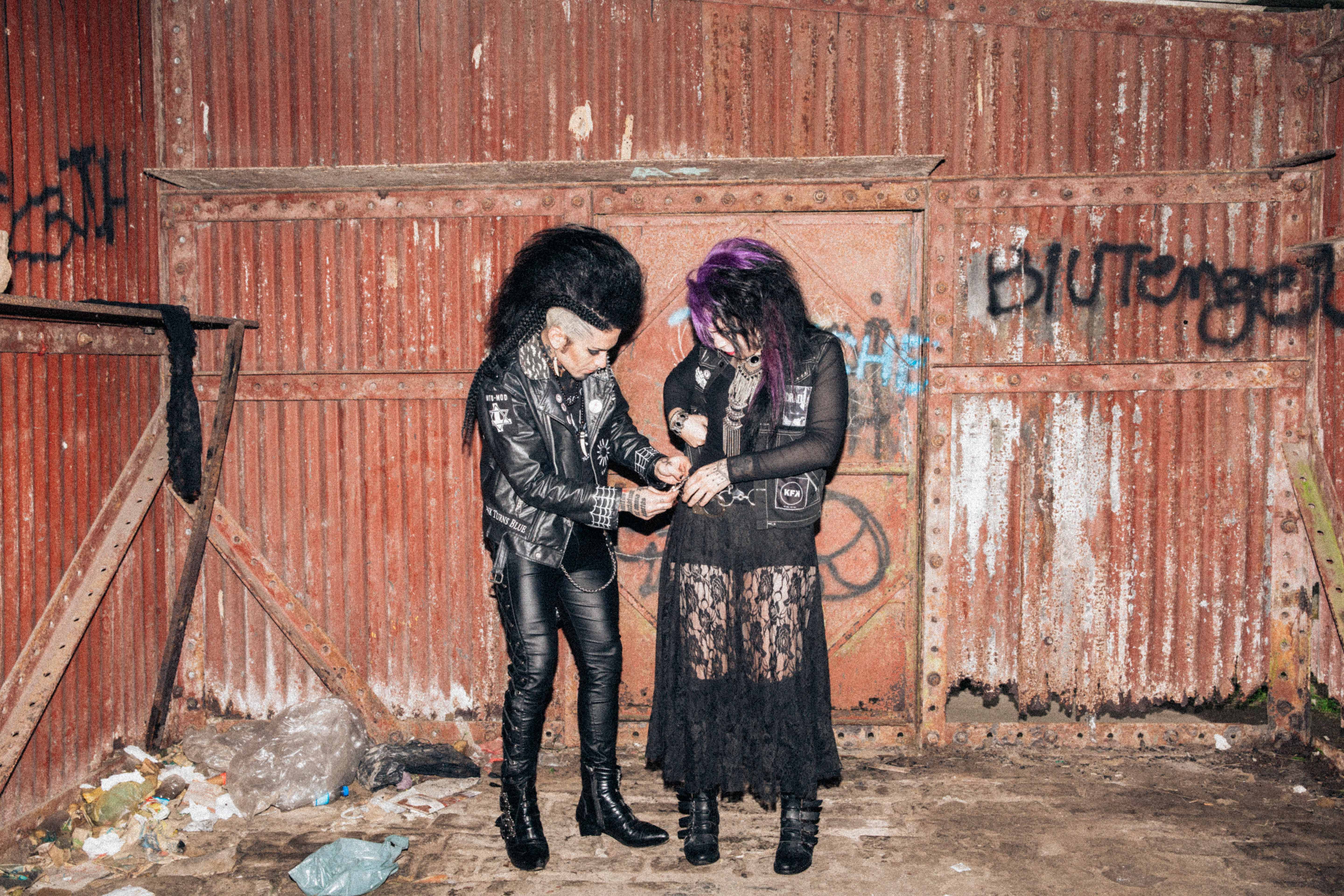
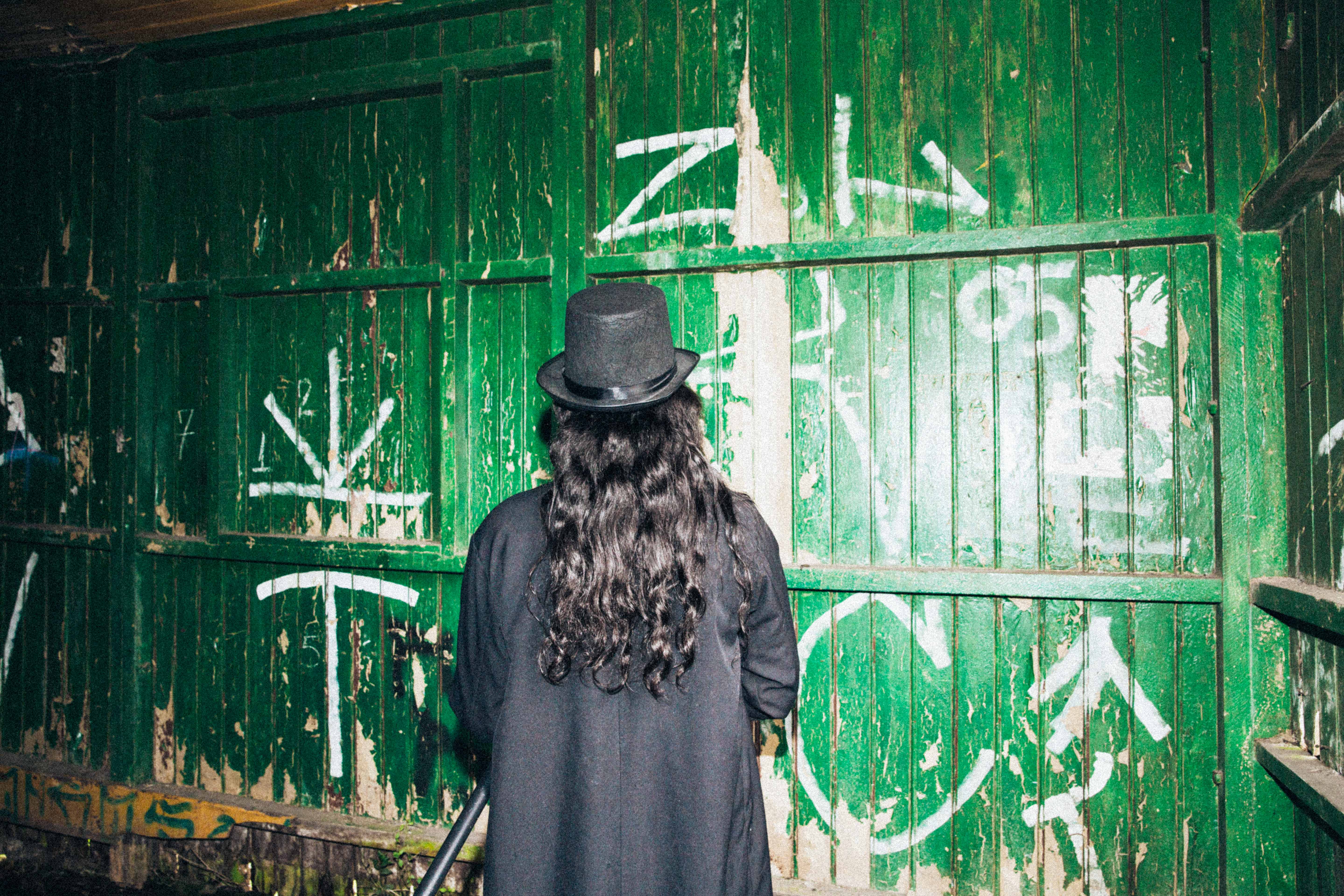

To offer a more tasteful depiction of the goth universe in São Paulo, VICE Brazil met up with a few members of the goth community in the hazy neighborhood of Paranapiacaba. A former a hub for São Paulo Railway workers in the 19th century, Paranapiacaba is home to remarkably preserved Victorian architecture and a beautiful, ancient graveyard, making it the perfect place to talk with our distinguished friends about the current state of the subculture, representation, and their favorite Gothic works.
This interview has been lightly edited for clarity. Each subject’s alias within the goth community has been used at their request.


Freon Sad, 33
“I believe it was only when goths ditched mainstream media that our subculture and collective identity began to develop better. Goth never died; it’s always been here. There’s a lot of people who identify as goth today. But we’ve noticed that the relationship people have to the subculture itself has changed. Back in the day, we used to identify with Gothic music and [the overall] attitude. Today it’s clear that a lot of people are mostly into the goth look—our aesthetic has been packaged and sold, and people are drawn to the visual aspect. Having the look isn’t the problem—the issue is only having the goth look and nothing else.”
Favorite book: Eu e outras poesias (“Me And Other Poems”) by Augusto dos Anjos
Favorite movie: This Night I’ll Possess Your Corpse (1967) by José Mojica Marins AKA Coffin Joe
Favorite band: Cabine C
Favorite cemetery: Cemitério da Quarta Parada, São Paulo
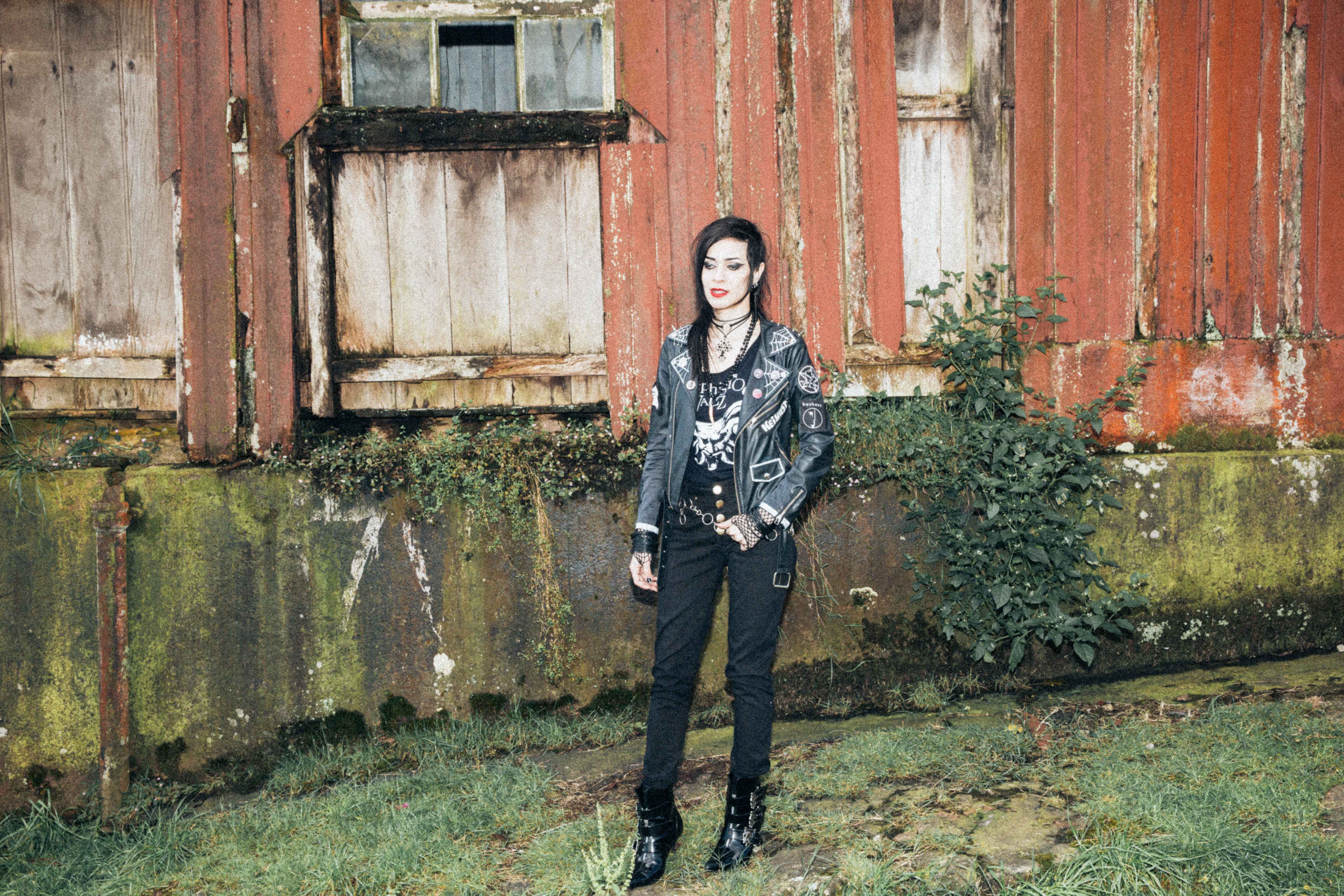
Kei Hrist, 23
“Goth subculture basically mirrors the state of the soul. Everything we address is a way of feeling, expressing, and thinking—not only through music, but with respect to our look, perspective, and autonomy. We don’t distinguish between gender, ethnicity, or sexual orientation, so it’s more of a collective identity in every sense.”
Favorite book: Smoke Gets in Your Eyes: And Other Lessons from the Crematory (2014) by Caitlin Doughty
Favorite movie: The Hunger (1983) by Tony Scott
Favorite band: Mephisto Walz
Favorite cemetery: Cemitério do Araçá, São Paulo
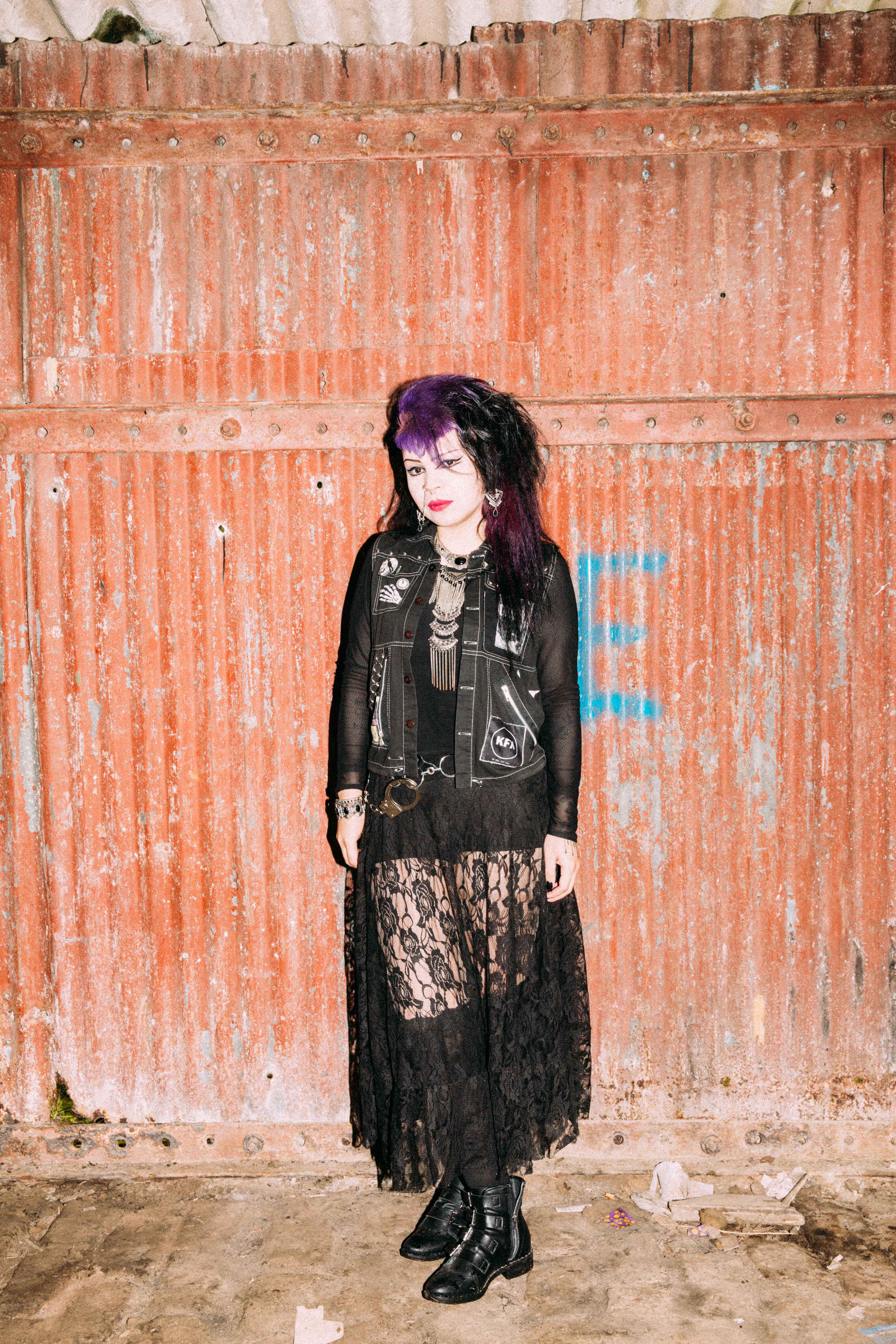
Lays Bittersweet, 28
“Goth makeup and fashion are usually the first things that people are attracted to. But if we’re going to talk about the visual aspects, we need to have a broader discussion to address, in detail, the significance of these elements in goth subculture. Our aesthetic combines several elements of art, cinema, and even 1980s fashion, and it exists within a social context. There’s symbolism in everything. There’s a meaning behind all of it—mohawks, makeup, eyeshadow.
We put thought into how everything is represented in the goth scene. We actively try to avoid looking cheesy, because that’s how people can misconstrue [the subculture’s message]. So when there’s an interview that focuses on goths who hit up cemeteries to drink and dance on graves, it only reinforces the perception that’s all we do—which isn’t the case. Most of us here share a very specific respect for graveyards, and we don’t visit them that often. I’m against taking pictures or making videos at graveyards. They’re places for visitation and remembrance. It’s part of something important in society. People lost loved ones who’ve been laid here to rest, and you need to be respectful about that, you know? Graves aren’t park benches you can sit on. They’re not dance floors or a cheap hotel mattress.”
Favorite movie: Edward Scissorhands (1990) by Tim Burton
Favorite book: Wuthering Heights (1847) by Emily Brontë
Favorite band: Kommunity FK
Favorite cemetery: Cemitério da Santa Casa, Porto Alegre
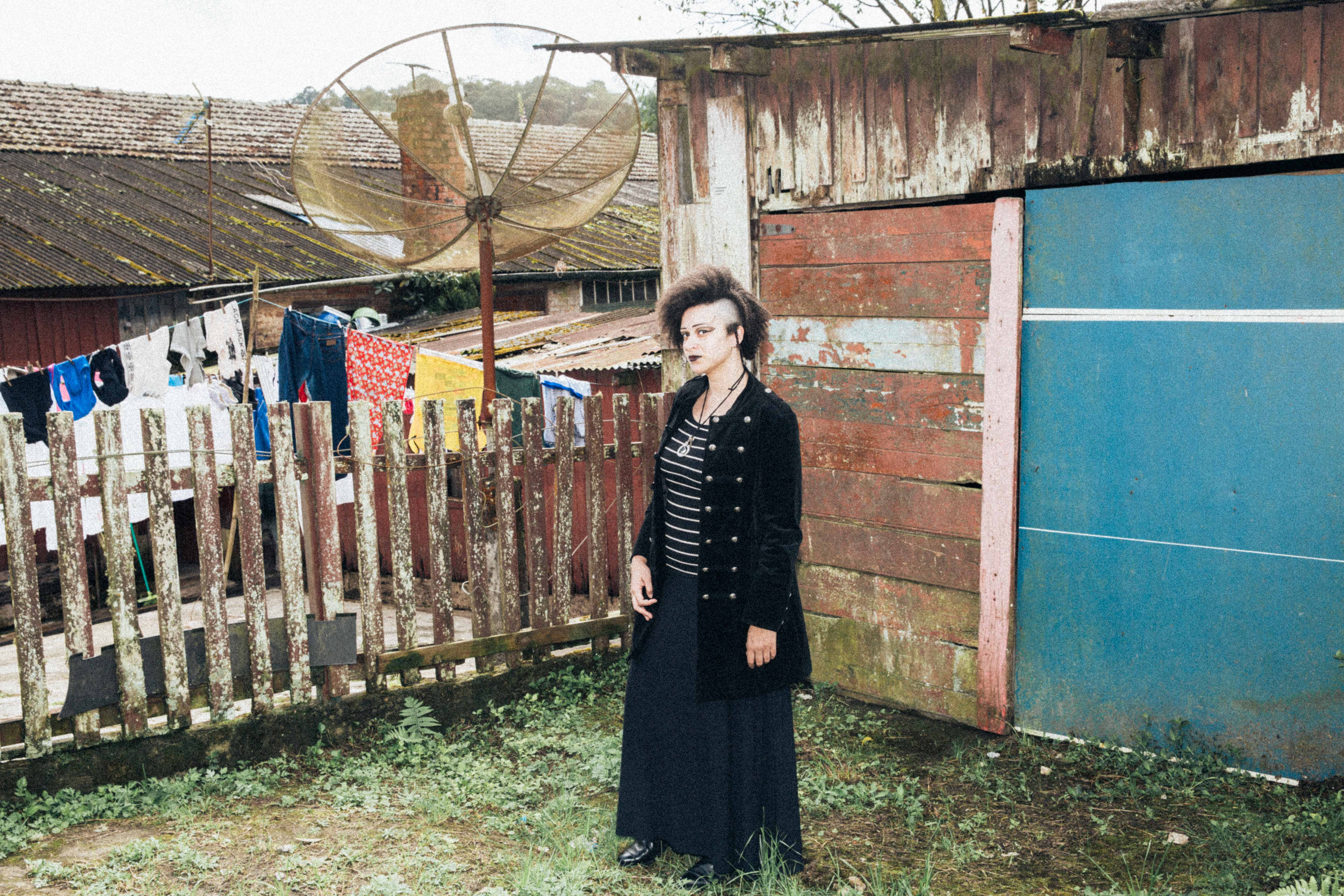
Liesel Raum, 23
“There’s an identity crisis within the goth scene because most goths tend to be white and pale. We’re racially mixed in Brazil, so people always wonder ‘Can you be black and goth?’ Yes! We do exist. I’m often perceived as a white person. I have curly hair and my skin is lighter, but I observe the things my black friends go through that I’ve never experienced. When I’m at home, I always get comments like, ‘That’s silly! Why are you hanging out with people like that? Why are you part of this cult?’.”
Favorite movie: Only Lovers Left Alive (2013) by Jim Jarmusch
Favorite book: Salem’s Lot (1975) by Stephen King
Favorite band: Merciful Nuns
Favorite cemetery: Necrópole de São Paulo, São Paulo
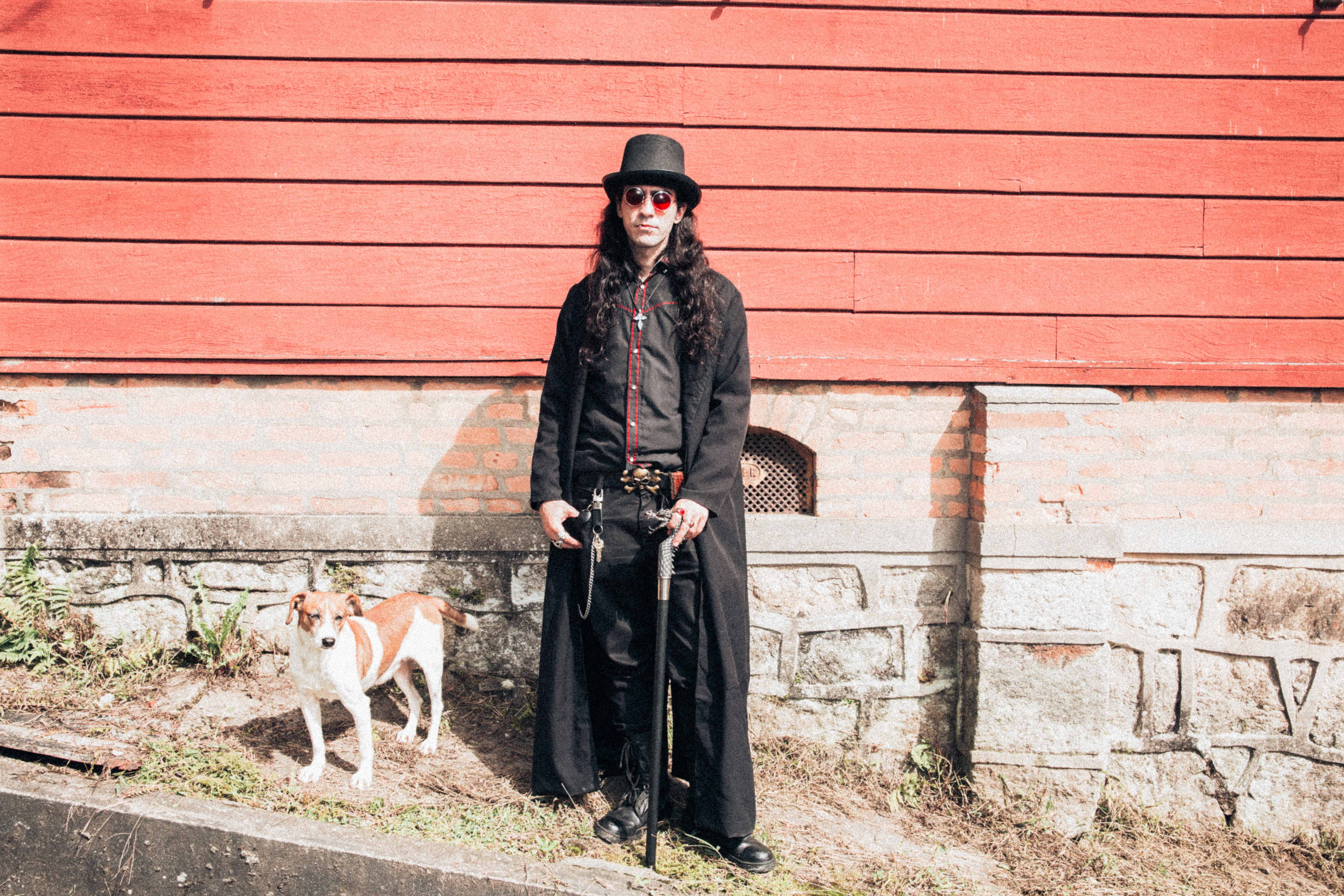
Crow Corvo, 29
“I think what human beings fear the most is the unknown. That’s what most sociologists and psychologists say, hands down. Given that most people don’t go to cemeteries very often in Brazil, it’s not surprising that they always have questions. I’m frequently asked what I do when I go to a cemetery. I mean, people don’t know what’s going on or why I go there. The unknown aspect creates big fears about the place and people wind up being afraid of us.”
Favorite movie: Bram Stoker’s Dracula (1992) by Francis Ford Coppola
Favorite book: Frankenstein (1823) by Mary Shelley
Favorite band: Kirlian Camera
Favorite cemetery: Cemitério Municipal de General Salgado, General Salgado
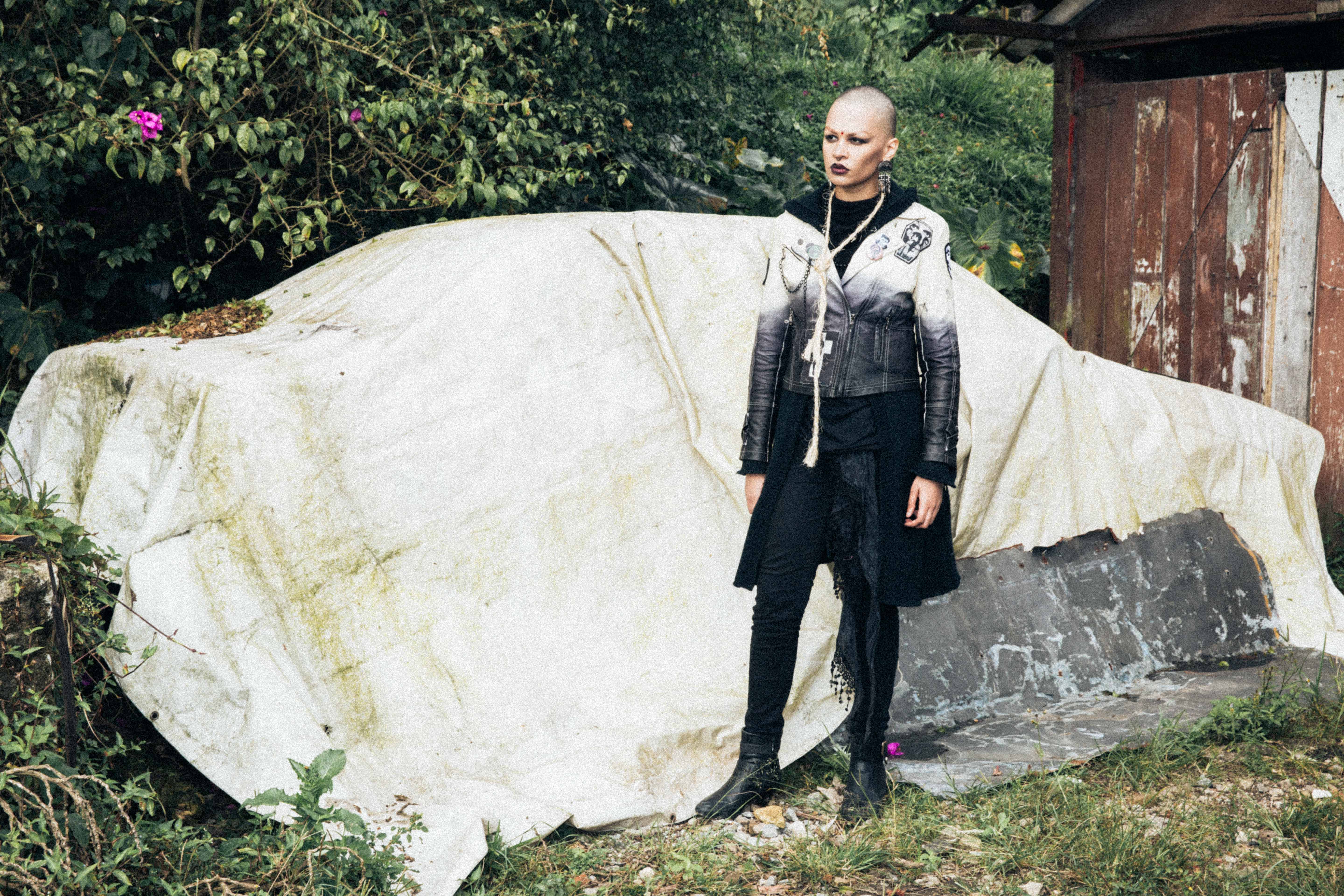
Nathalia Snow, 22
“I’ve often asked myself, ‘Dude, there are so many white girls around you and you want to be goth when you’re already a person of color?’ It doesn’t make much sense to others because people [outside the subculture] can’t see beyond the [popular point of] reference. They always refer to European standards in which everyone looks alike, but I’ve realized I can be my own point of reference and become a role model for others like me.”
Favorite movie: Sweeney Todd: The Demon Barber of Fleet Street (2007) by Tim Burton
Favorite book: Historias Extraordinarias (“Extraordinary Tales”) (1859) by Edgar Allan Poe
Favorite band: Lebanon Hanover
Favorite cemetery: Cemitério da Quarta Parada, São Paulo
Bruno Costa and Julia Reis contributed to this story.
Sign up for our newsletter to get the best of VICE delivered to your inbox daily.
This article originally appeared on VICE BR.